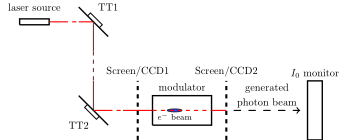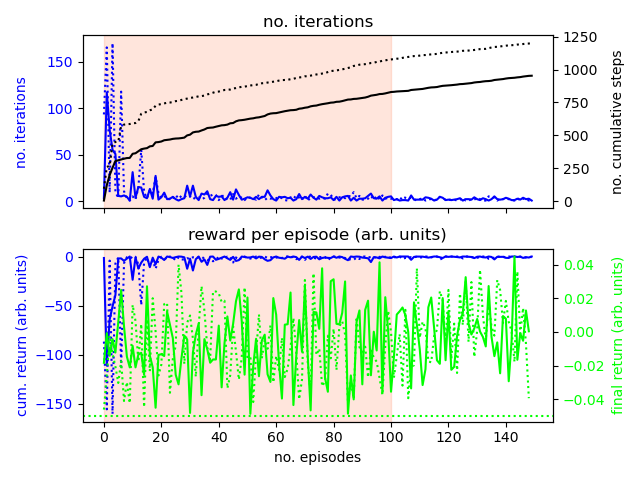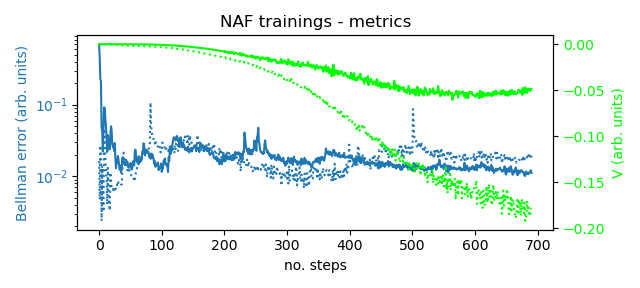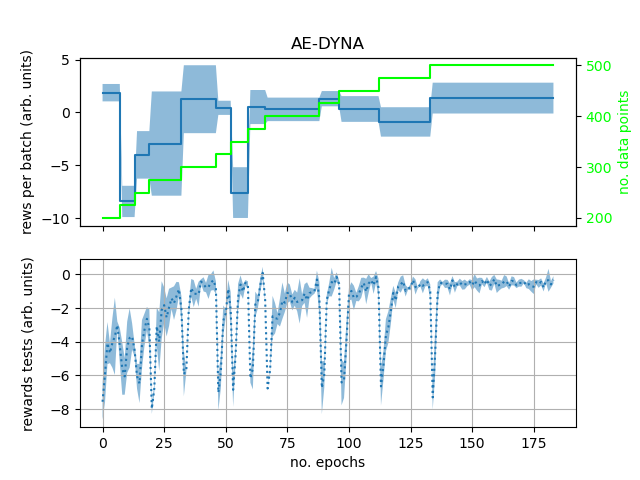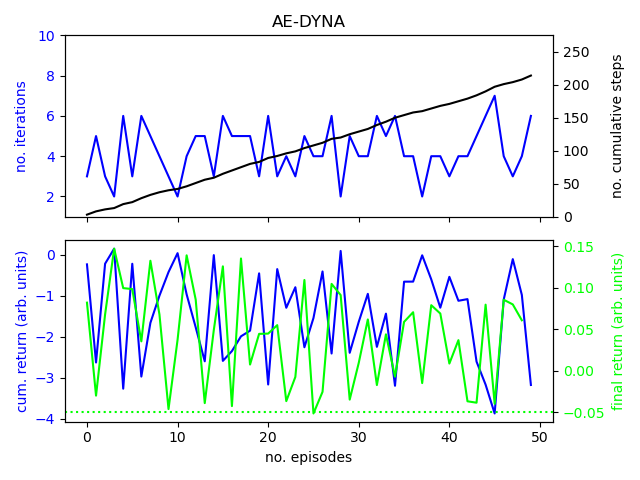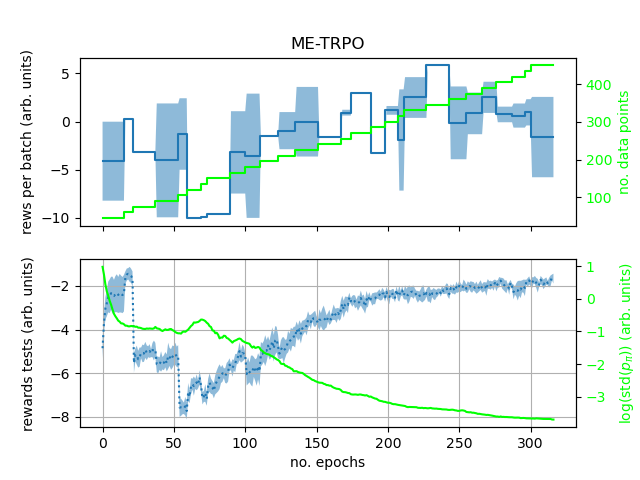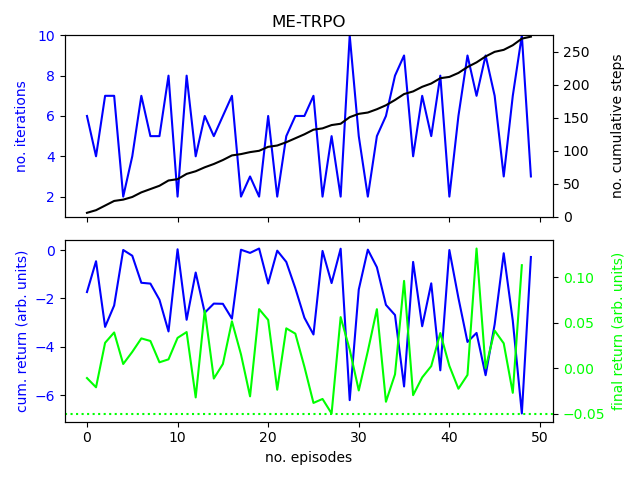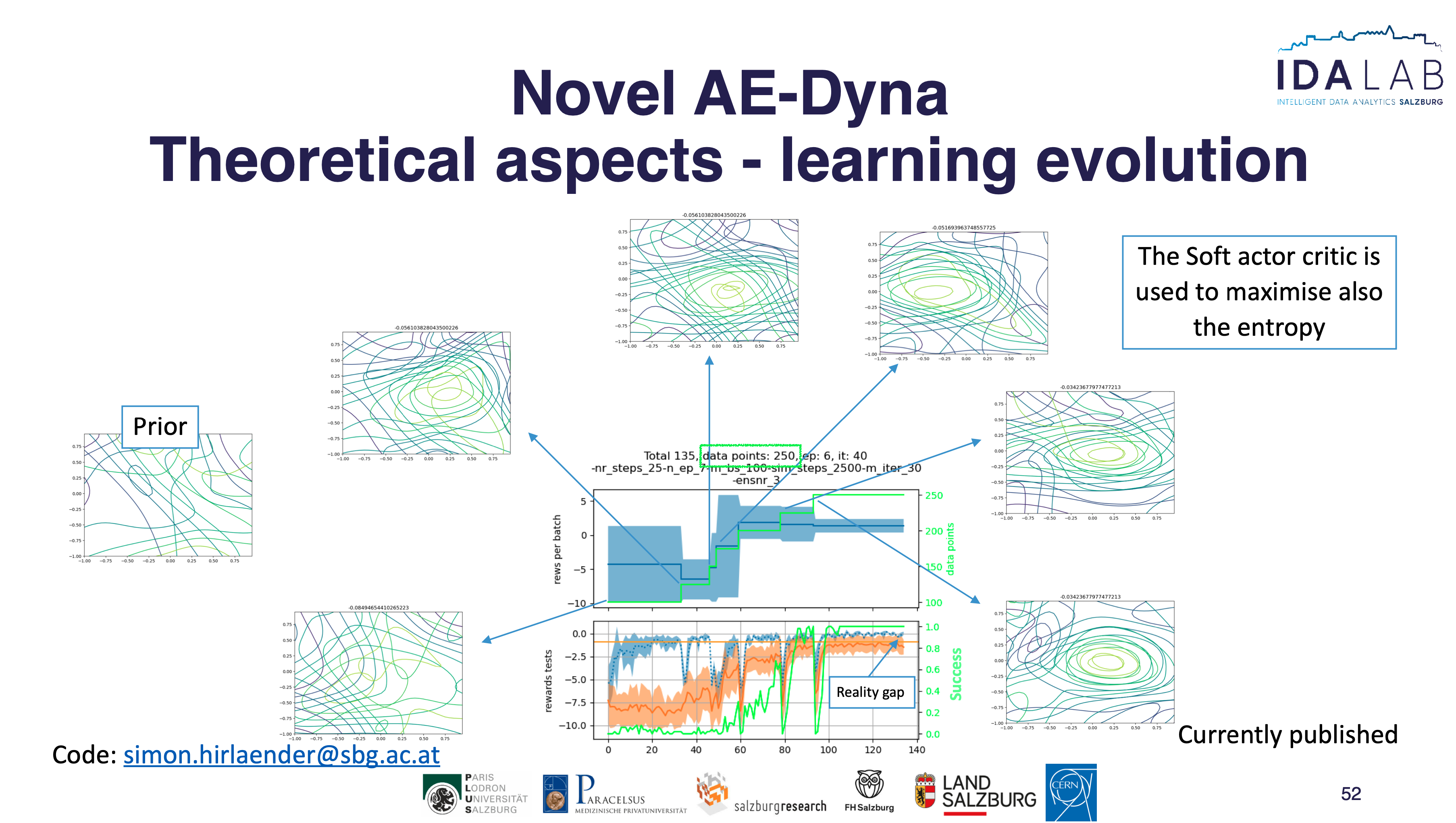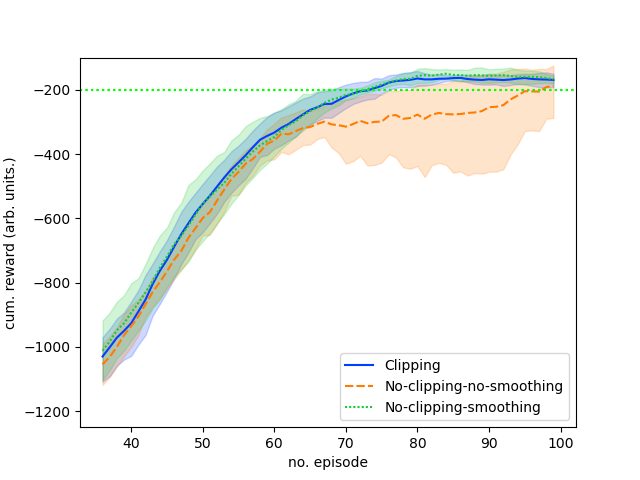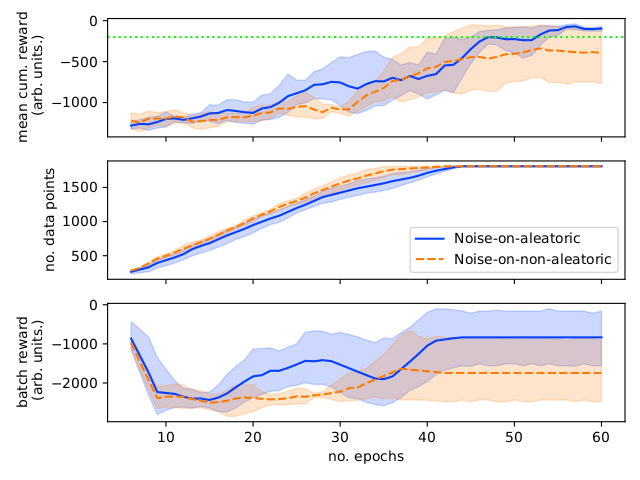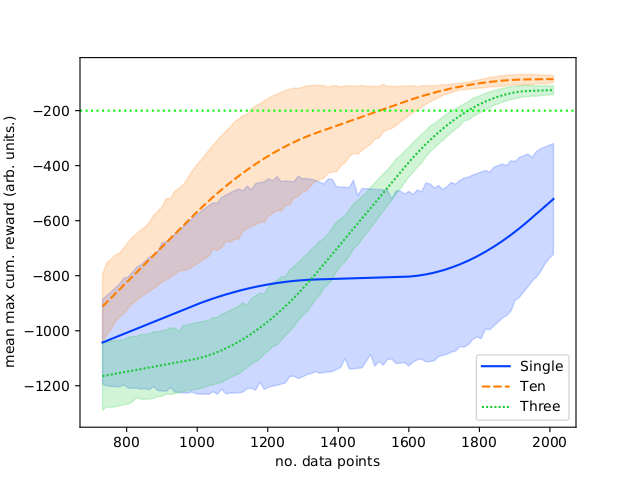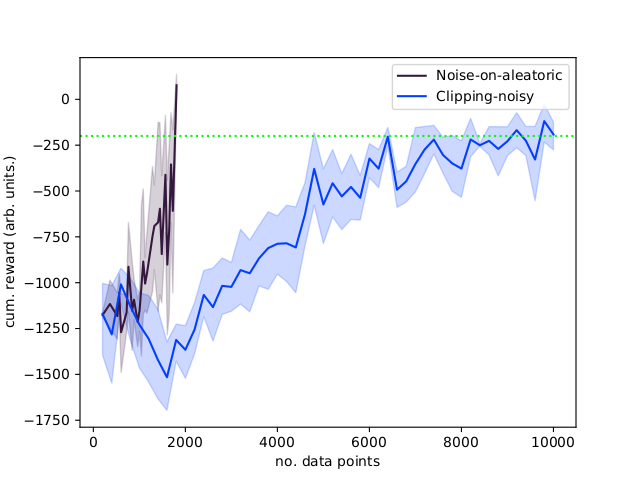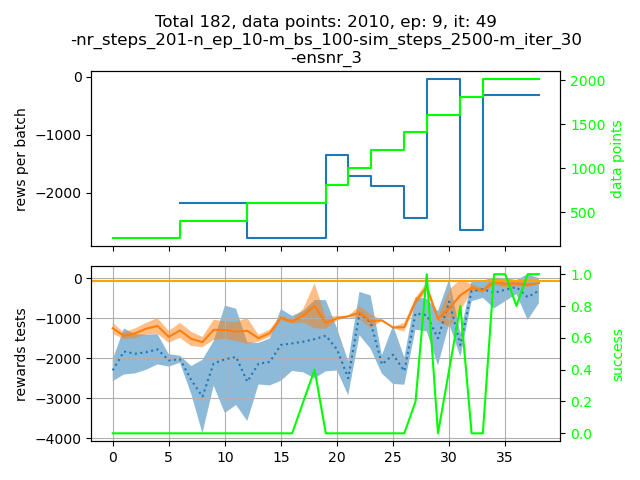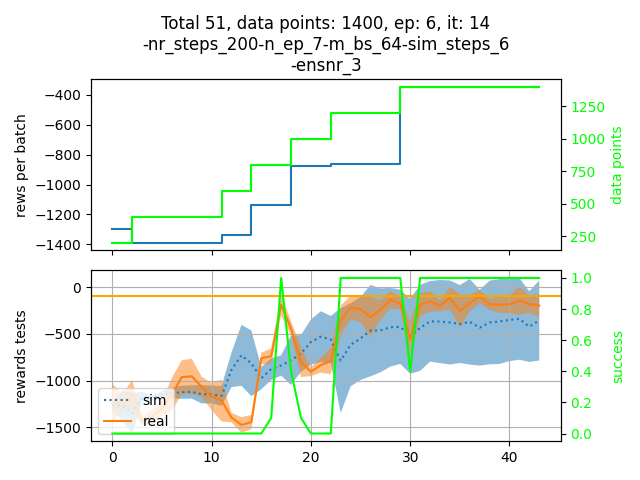Model-free and Bayesian Ensembling Model-based Deep Reinforcement Learning for Particle Accelerator Control Demonstrated on the FERMI FEL
Contact: simon.hirlaender(at)sbg.ac.at
Pre-print https://arxiv.org/abs/2012.09737
Please cite code as:
- To run the NAF2 as used in the paper on the pendulum run: run_naf2.py
- To run the AE-DYNA as used in the paper on the pendulum run: AEDYNA.py
- To run the AE-DYNA with tensorflow 2 on the pendulum run: AE_Dyna_Tensorflow_2.py
The rest should be straight forward, otherwise contact us.
The problem has four degrees of freedom in state and action space. A schematic overview:
| Algorithm | Type | Representational power | Noise resistive | Sample efficiency |
|---|---|---|---|---|
| NAF | Model-free | Low | No | High |
| NAF2 | Model-free | Low | Yes | High |
| ME-TRPO | Model-based | High | No | High |
| AE-DYNA | Model-based | High | Yes | High |
A new implementation of the NAF with double Q learning (single network dashed, double network solid):
A new implementation of a AE-DYNA:
A variant of the ME-TRPO:
The evolution as presented at GSI Towards Artificial Intelligence in Accelerator Operation:
Experiments done on the inverted pendulum openai gym environment:
Cumulative reward of different NAF implementations on the inverted pendulum with artificial noise.
Comparison of the inclusion of aleatoric noise in the AE-DYNA in the noisy inverted pendulum:
Comparison of the inclusion of aleatoric noise in the AE-DYNA in the noisy inverted pendulum:
Sample efficiency of NAF and AE-DYNA:
Free run on the inverted pendulum:
Finally, there is an update of the AE-dyna to use tensorflow 2. Run the script AE_Dyna_Tensorflow_2.py. It is based on tensor_layers tensorlayer, which has to be installed. The script AE_Dyna_Tensorflow_2.py runs on the inverted pendulum and produces results like shown in the figure below.
